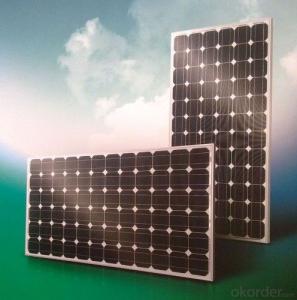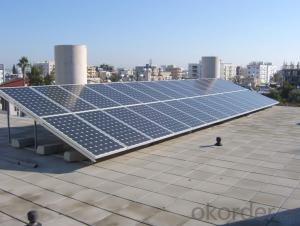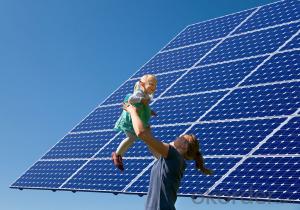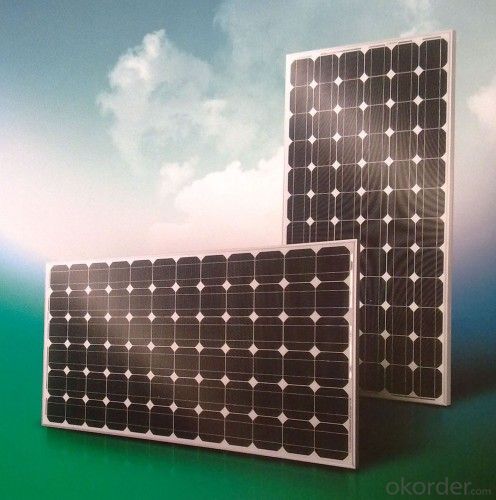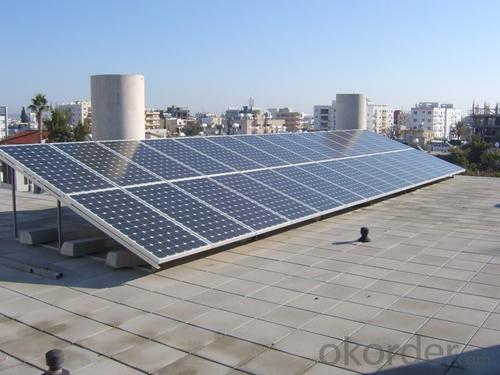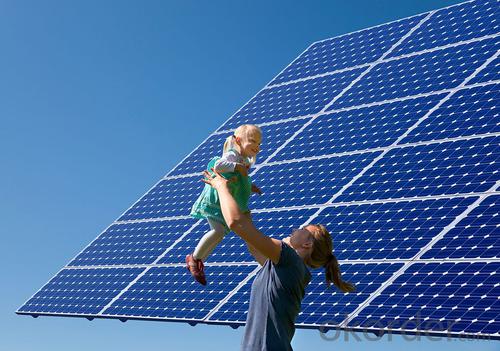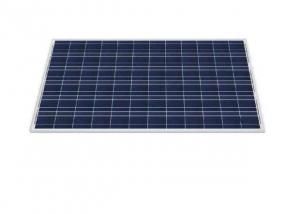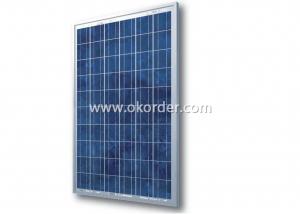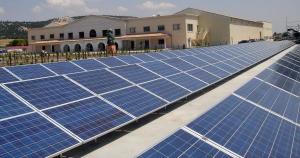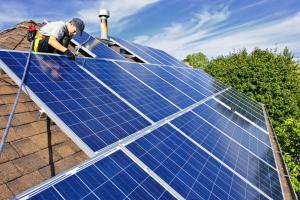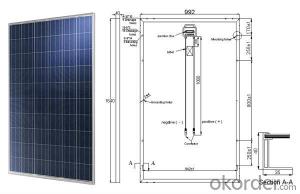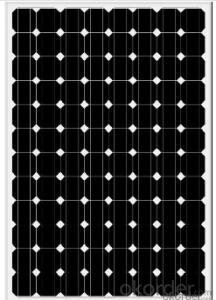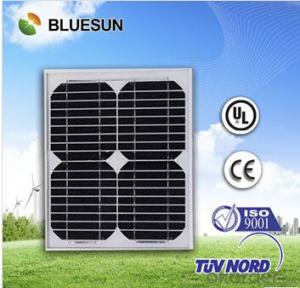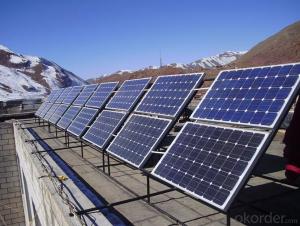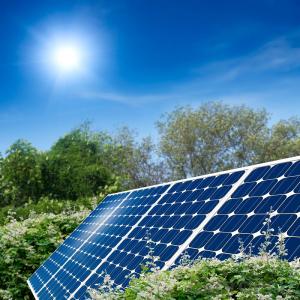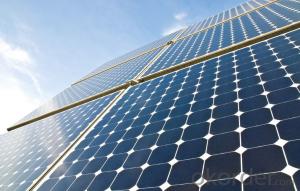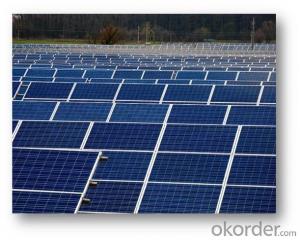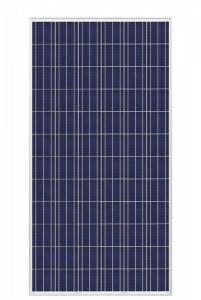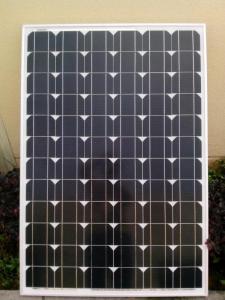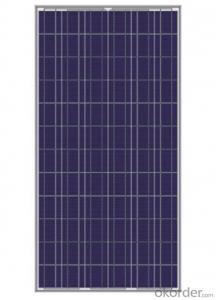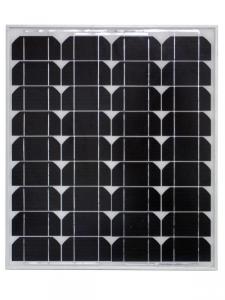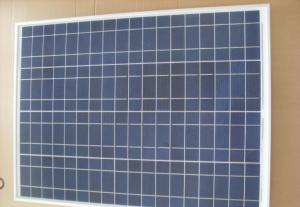Solar Panels Victoria - Monocrystalline Silicon 215W Solar Module
- Loading Port:
- China main port
- Payment Terms:
- TT OR LC
- Min Order Qty:
- 100000 watt
- Supply Capability:
- 10000000 watt/month
OKorder Service Pledge
OKorder Financial Service
You Might Also Like
Solar cell module production process
Line called packaging line components, packaging is the production of solar cells a key step in the packaging process without a good, multi-well battery is also not a good component of production boards. Battery package not only the battery life is guaranteed, but also to enhance the combat strength of the battery. Product quality and high service life is to win can be the key to customer satisfaction, so the quality of components of the package board is very important.
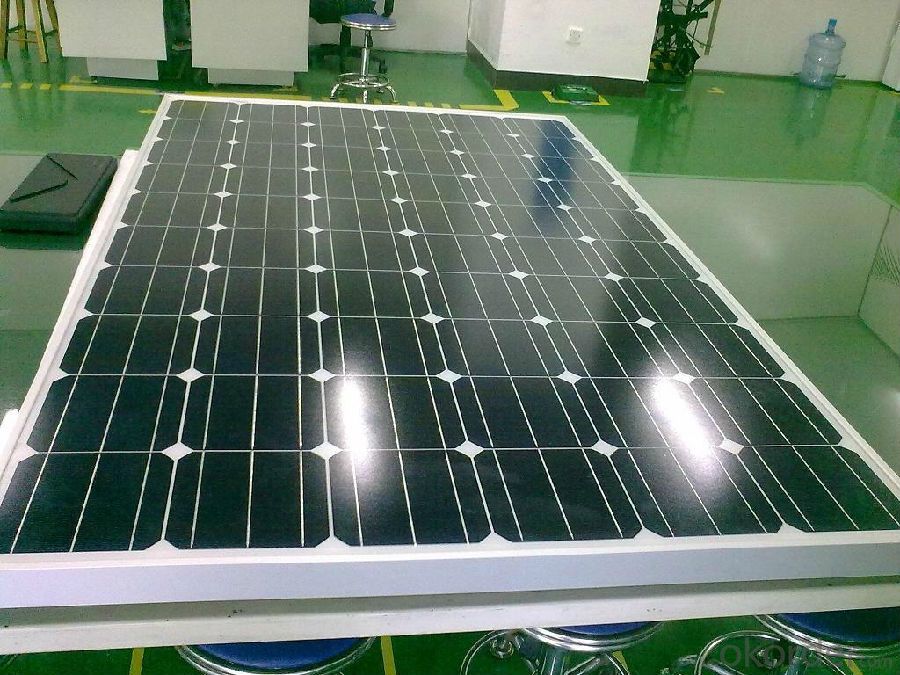
Quality Certificates
IEC61215, IEC61730, IEC62716, IEC61701, UL1703, ETL, JET, CE, MCS,
CEC, Israel Electric, Kemco
ISO9001:2008: Quality management system
ISO14001:2004: Environmental management system
OHSAS18001:2007: Occupational health and safety management system
Amerisolar’s photovoltaic modules are designed for large electrical power requirements. With a 30-year warranty, AS-6P offers high-powered, reliable
performance for both on-grid and off-grid solar projects.
Key features:
Low degradation and excellent performance under high temperature and low
light conditions.
Robust aluminum frame ensures the modules to withstand wind loads up to
2400Pa and snow loads up to 5400Pa.
Positive power tolerance of 0 ~ +3 %.
High ammonia and salt mist resistance.
Mono 215w with high module conversion efficiency and high quality. Meanwhile all panels have positive power tolerance of 0 ~ +3 %.
FAQ:
1. How long will my inquiry get response?
Your inquiry related to our products or prices will be replied within 24 hours.
2. Can I get professional service and suggestion?
Well-trained and experienced staffs to answer all your questions in fluent English.
3. Do you accept OEM or customized design?
OEM & ODM, any your customized lightings we can help you to design and put into product.
4. What if I need specific design?
Distributorship are offered for your unique design and some our current models.
- Q: How do solar panel power systems work?
- Solar power works by making solar cells of two kinds of glass; one which has been “doped” to have too many electrons, and the other which has been “doped” to have too few electrons. These layers of glass are then glued together with a thin insulation layer in between them. The top layer of glass is the one with too many electrons, the bottom layer of glass has too few electrons, and the insulation allows electrons to pass from the bottom layer to the top layer easily, but not from the top layer to the bottom layer as easily. As photons come flying into this glass sandwich at the speed of light, the photons crash into the electrons in both layers and cause them to start moving. The electrons in the top layer are tightly packed and can’t move much, but the electrons in the bottom layer can move around enough that they end up crossing through the insulation into the top layer. However, because there are already too many electrons in the top layer, the newly arrived electrons have no place to rest. This buildup of electrons creates an “electrical pressure”. Then contacts are glued to the glass top and bottom, and a wire is added to connect the top layer to the bottom, and the electrical pressure which has built up in the top layer now has a way to escape, and the extra electrons which crossed over the bottom to the top can now return to the bottom layer. This flow of electrons from the top layer to the bottom layer is the electricity generated by the solar cell. A solar “panel” is made up of many of these cells wired in series to increase the voltage to make it high enough to do some useful work, such as charging batteries, and many of these panels can be wired together to do such things as supplying power to a building, or even supplying power to the utility grid.
- Q: What is the principle and structure of solar panels?
- inverter: solar direct output are generally 12VDC, 24VDC, 48VDC. In order to provide power to 220VAC appliances, it is necessary to convert the DC power from the solar power system into AC power, so it is necessary to use DC-AC inverter.
- Q: What is the biggest solar panel you can buy?How much energy can it produce in kwh?Thanks :)
- not really sure but you can check this....
- Q: Can solar panels be used for powering a telecommunications tower?
- Yes, solar panels can be used to power a telecommunications tower. Solar panels convert sunlight into electricity, which can be used to power various equipment including telecommunication towers. This renewable energy source is increasingly being adopted for powering such infrastructure, as it provides a clean and sustainable solution, especially in remote or off-grid locations.
- Q: If I wanted to put some solar panels on my roof, how many would i need and how many watts would they have to be to be able to power my whole house?
- all depend to the surface of your solar panel
- Q: Can solar panels be used in areas with high winds?
- Yes, solar panels can be used in areas with high winds. However, it is important to ensure that the solar panel installations are properly designed and anchored to withstand the wind speeds typical for the area. Additionally, selecting durable and wind-resistant panel models can help mitigate any potential damage caused by strong winds.
- Q: Okay so.. if light deflect the light of the sun and black absorbs it, then aren't solar panels just absorbing more light, sun and heat into our atmosphere? Wouldn't this lead to an increase in global warming? Shouldn't solar panals be white? No rude answers please.
- If the panels are deployed at outer surface of atmosphere then white will reflect the sun light to outer space. If the panels are deployed at earth surface, inside the atmosphere, most of the reflected light will be bounced back to earth by the atmosphere. For the solar panels we are talking about, they need to be dark color to absorb light and turn into electricity.
- Q: I am doing a science fair project on solar panels, and I need four solar panels to conduct the experiment. I would only need the solar panels for a week. What type of solar panel should I get?
- Solar okorder
- Q: I got an 8v solar panel for a project today, the only problem is that it came without any wires attached to it. Now i don't know what type of wires i should use and if i should solder them on or if i should use epoxy instead. Can anybody help me out?
- 6 gauge wire would be a good size. Just solder it on and run it wherever you want.
- Q: Can solar panels be installed on drones?
- Yes, solar panels can be installed on drones. They can be used to harness solar energy and power the drone's onboard systems, increasing flight time and reducing reliance on traditional battery power. This technology is being explored for various applications, including surveillance, delivery services, and environmental monitoring.
Send your message to us
Solar Panels Victoria - Monocrystalline Silicon 215W Solar Module
- Loading Port:
- China main port
- Payment Terms:
- TT OR LC
- Min Order Qty:
- 100000 watt
- Supply Capability:
- 10000000 watt/month
OKorder Service Pledge
OKorder Financial Service
Similar products
Hot products
Hot Searches
Related keywords
